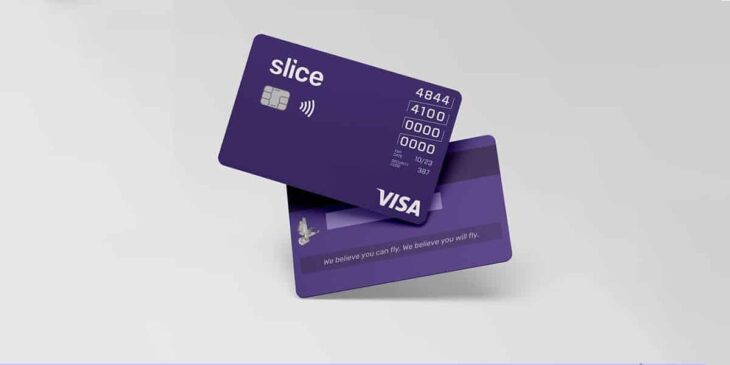Options traders have a variety of strategies at their disposal to exploit changes in the price of options. One such strategy is the credit spread, which involves buying a call option and selling a higher-priced call option with the same expiration date. Another strategy is the vertical spread, which involves buying a call option and selling a put option with the same expiration date.
This article will compare and contrast the credit and vertical spreads. We will also discuss when it might be appropriate to use each strategy. Finally, we will provide some examples to help illustrate how these strategies work.
To learn more about options trading and what is available to you as a trader in the UAE, you can visit Saxo Bank UAE.
What are credit spreads and vertical spreads in options trading?
To begin with, let’s have a look at what credit spreads and vertical spreads are.
Credit spreads
A credit spread is an options strategy that involves buying a call option and selling a higher-priced call option with the same expiration date. This strategy aims to generate income through the sale of the higher-priced option. The trader hopes to offset the purchase option’s cost with the premium received from the sale of the other option.
Let’s say you purchase a call on XYZ stock with a strike price of $50 and sell a call option on XYZ stock with a strike price of $52.50. Both options have an expiration date of one month. It is a credit spread because you are selling the higher-priced option for more than you are paying for the lower-priced option.
The max profit you can make from this trade is the difference between the two strike prices, less the premium you paid for the purchased option and the premium you received from selling the other option. In our example, that would be $2.50 – $0.50 = $2.00.
Your maximum loss is limited to the premium you paid for the purchased option. In our example, that would be $0.50.
Vertical spreads
A vertical spread is an options strategy that involves buying a call option and selling a put option with the same expiration date. This strategy aims to take advantage of a favourable move in the underlying security while limiting your risk.
Let’s say you purchase a call on XYZ stock with a strike price of $50 and sell a put option on XYZ stock with a strike price of $52.50. Both options have an expiration date of one month. It is a vertical spread because you buy and sell options with different strike prices but the same expiration date.
The max profit you can make from this trade is the difference between the two strike prices, less the premium you paid for the purchased option and the premium you received from selling the other option. In our example, that would be $2.50 – $0.50 = $2.00.
Your maximum loss is limited to the premium you paid for the purchased option. In our example, that would be $0.50.
The benefits of using credit spread over vertical spreads
There are a few key benefits that credit spreads have over vertical spreads.
They allow you to take advantage of a move in either direction. With a vertical spread, you are only profiting if the underlying security moves in the direction you anticipated. With a credit spread, however, you can still benefit even if the stock moves against your expectations.
On the other hand, let’s say you enter into a credit spread by buying a call option with a strike price of $50 and selling a call option with a strike price of $52.50. If the stock falls below $50, you will still make money from the difference in the strike prices. However, you will lose money if the stock rises above $52.50.
Credit spreads also have less risk than vertical spreads. With a vertical spread, your maximum loss is limited to the amount of premium you paid for the options. However, with a credit spread, your maximum loss equals the difference between the two strike prices.
How to set up a credit spread trade
Now that we’ve covered the basics of credit spreads let’s look at how to set up a trade.
There are a few things you need to know before you enter into a credit spread trade. First, you must choose the options you want to buy and sell. Second, you must decide how much premium you will pay for the options. And third, you need to set your stop-loss and target prices.
Once you’ve chosen the options you want to trade, it’s time to decide how much premium you will pay. The amount of premium you pay will determine your potential profit and loss.
Once you’ve decided how much premium you will pay, it’s time to set your stop-loss and target prices. Your stop-loss price is the price at which you will exit the trade if the stock moves against your expectations. Your target price is the price you will exit the trade if the stock moves in your favour.
In conclusion
For most traders, credit spreads offer many advantages over vertical spreads, including profit from a move in either direction and a smaller risk. If you’re looking to enter a credit spread trade, choose suitable options, set your stop-loss and target prices, and decide how much premium you are willing to pay.














You must be logged in to post a comment.